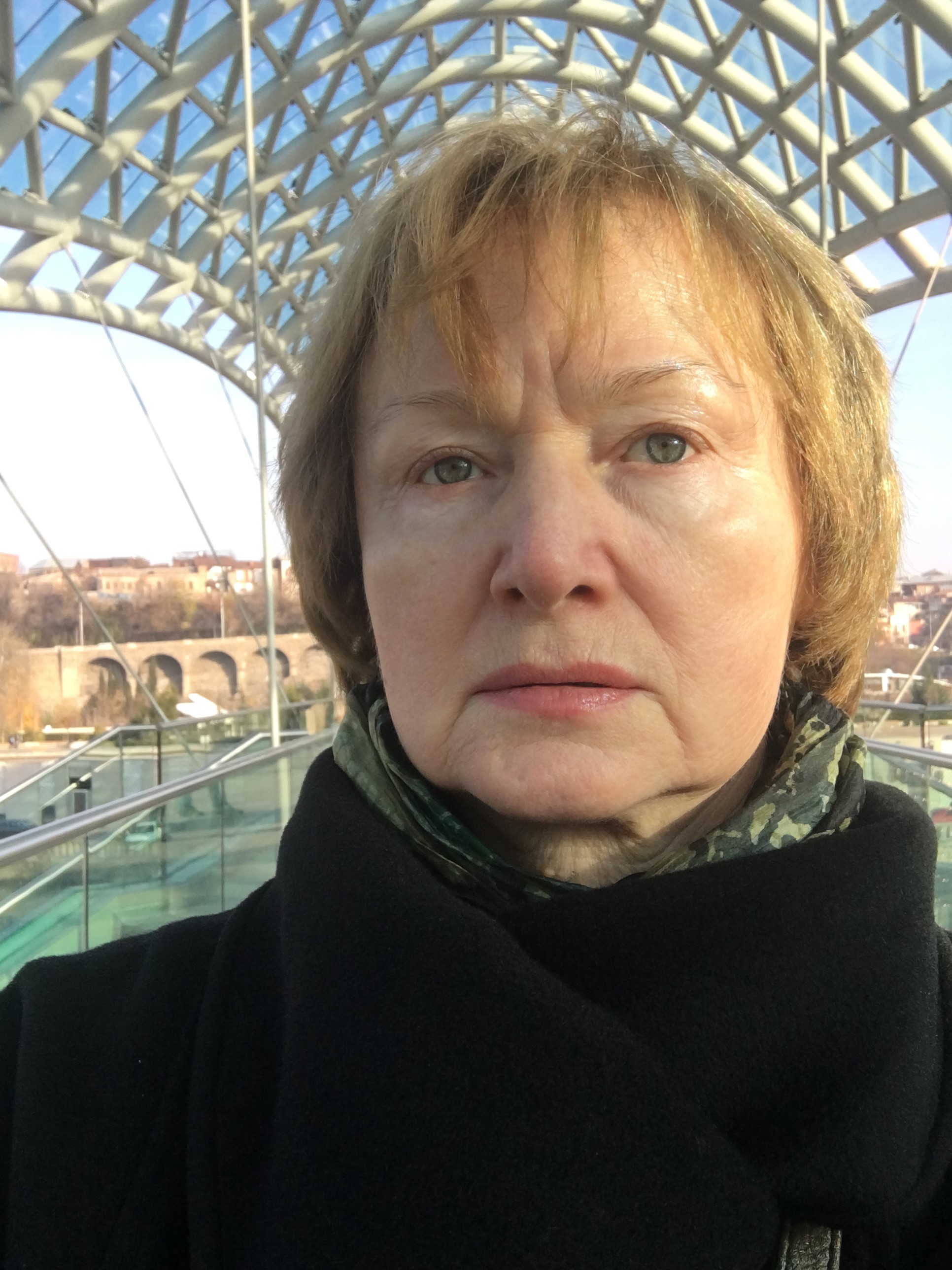Indigenous people in Canada are considered to be only Indians, and they make up no more than 2% of the population. This speaks of Canada as a country mainly immigrant and therefore rich in a variety of languages, religions, cultures. At the same time, the analysis of the relationship of religion or language with a particular ethnic culture allows us to conclude that, in the context of Canadian immigration, such a link between religion and culture reflects the specifics of a culture much more than the relationship between culture and the national language.
Starting from the turn of the 20th and 21st centuries, Canada is experiencing a significant increase in migration flows and, accordingly, is experiencing changes in the religious picture. So, if we do not take into account the traditional religiosity of the Indians, then we can say that during 1991–2001 the greatest increase in the number of believers was observed among Muslims (by 129 %) and the smallest increase took place among the Jews (by 3.7 %). The number of representatives of Serbian Orthodoxy, Christian Oriental churches and Buddhism, Hinduism, Sikhism has increased considerably. The number of Protestants shows a clear tendency to decline, and the rejection of any religiosity increases. Statistical analysis of this religious dynamics allows the governing structures not only to identify the actual migration trends in the country, but also to improve the effectiveness of public administration in general.
Key words: Canada, ethnic culture multiplicity, religious pluralism, religion and ethnic culture, migration processes, religious dynamics.
DOI: 10.22250/2072-8662.2018.4.126-130
About the author
 |
Irina I. Ivanova, DSc (Philosophy), Professor, Kyrgyz-Russian Slavic University (Bishkek, Kyrgyzstan) |